Knowing your corpse from your cobra, or your tree from your triangle is no easy feat. Those first attempts of following along with a yoga class are usually full of bewilderment (how on earth are they bending like that?) and uncertainty (where are my hands supposed to even go?).
Don't worry! No-one knows what is going on in those first few sessions. Yoga isn't just a one-time skill you pick up instantly, it is an art you develop and learn over a lifetime. Learning the best poses that are suitable for beginner Yogis is the best way to quickly find your feet at a class, or run your very own sessions at home.
10 Essential Yoga Poses for Beginners
Here are 10 yoga poses for beginners to start with - the building blocks to becoming stronger, more flexible and happier! With these you under your belt, you will be on your way to being the star of your yoga classes.
You will need...
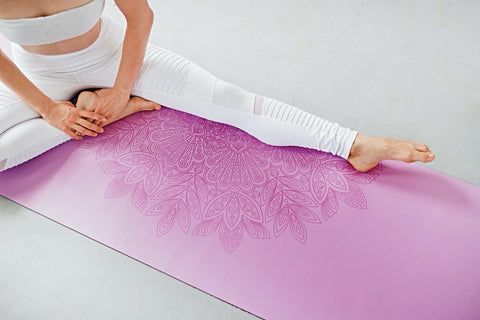
Here's what can make a world of difference to your practice: a good yoga mat
A decent yoga mat
There are so many features to consider when picking the perfect yoga mat, but there are just a few essentials to keep in mind.
You want a mat with an ultra-strong grip, made of non-slippery material. This grip means you can go through your poses without fear that your mat will betray your limbs, causing a fall and possible injury. Most importantly you want a mat that has the optimum comfort and support you need! If you have weaker wrists or ankles, then additional support is necessary in order to avoid any injury or general discomfort.

Quiet
Finding those 15 minutes of zen every day is all you need for a quick gentle yoga workout. We know this isn't always as easy as you may think, but a quiet environment helps with your mental state and ability to focus on deep breathing. The poses are only one part of yoga, most of it involves practicing the art of feeling comfortable being still and with your thoughts. With the world going at 2x speed around us, this is a valuable skill for life and your mental health!

Space
You don't need a huge yoga studio or garden space to get in some yoga stretches. Anywhere you can put down the mat is perfect! To check if you have sufficient space, put down your mat and swing your arms around you. Ideally, you want no obstructions within arms or legs width of the mat.
And now without further ado.. to the poses!

#1 of yoga stretches for beginners: downward facing dog
What it is
This is probably the one yoga stretch for beginners that you imagine doing when you think of embracing your inner yogi/yogini. The name comes from how dogs stretch out their bodies post-nap, and it's sure to give you that same rush of endorphins. The downward-facing dog invigorates the whole body: releasing the spine, stretching out the hamstrings and calves, and engaging the back and arms.
As you're bent over, there's a big boost of blood flowing to the brain. This is proven to help your memory and enhance concentration levels. This is like a warm wave of relaxation to your brain!
How to do
You begin on your hands and knees for this pose: placing your hands forward so they rest on the mat in front of your shoulders and curling your toes under. As you breathe out, push your palms into your mat and lift your knees, straightening both arms and legs.
You will be in this distinctive upside-down V shape. Make sure to not fall for the rookie mistake of trying to keep your heels on the floor - your heels will be stretching toward the floor but don't have to actually touch it.
For best practice, you will want to keep your shoulders broad, your hips wide and your weight primarily in your legs.

Child's pose
What it is
In yoga classes, this is the quintessential resting pose, giving a gentle stretch from your neck down to your legs. As you relax your spine and shoulders, you can focus on mindfully breathing and getting comfortable on your yoga mat.
You don't have to wait for the yoga instructor to give you a much-needed break, just ease yourself into the child's pose until you feel ready to continue.
How to do
Firstly, kneel and comfortably sit up on your heels. Press your knees and feet together, making sure you get yourself into a comfortable position.
Take a nice deep breath and on the exhale, slowly bend your torso forward and rest your forehead on the floor. You want your chest to be tucked close to your knees before laying your arms out in front of you.
The key is to just relax - release that tension in your shoulders (it is there trust me, just let it all go) and let the shoulders gently fall towards the floor. Now it's just time to breathe and focus on how your body feels.

Triangle pose
What it is
The triangle pose is another hugely popular standing pose, incredible for strengthening up the body and improving balance and flexibility.
You'll feel your chest and hips opening up over time when practicing this pose. Don't worry about looking like an expert when beginning with this, just see what your body is capable of.
Eventually, you will be able to deepen the stretch and feel the whole of your body engaging in it.
How to do
Begin standing with your feet apart, with your right foot turned out to 90 degrees angle and your left foot facing forward.
Extend your arms out to your sides (it helps to have a few metres of space all around you for this), then gently bend down over your right leg. Your right hand should either touch the floor or rest it on your right leg.
Avoid resting your hand directly on your knee, you can place it above or below, depending on how deeply you want to stretch.
Then stretch your left hand up toward the ceiling, with your fingertips extending out. Turn your face up toward the ceiling and hold the pose for as long as you need. You can then switch sides and feel your whole body strengthening as you go!

Tree pose
What it is
This classic pose is the perfect introduction to balancing postures, this balancing/standing pose strengthens your core and all down your legs. This is a staple in yoga sessions as it is a simple pose which has numerous benefits.
How to do
Start by standing on your mat with your arms by your side. Move your weight over to balance on your left leg, with your right foot placed on your left ankle or inner thigh. It is difficult to stay balanced the first few attempts but, like everything in yoga, it comes with practice.
It will take practice to stay balanced in this position (don't be afraid to use a wall to support you), and once you reach that point of comfort bring your hands together in a prayer position.
As you take a deep breath, raise your arms above your head, allowing your hands to separate but keeping them facing each other.

Mountain pose
What it is
The mountain pose is all about standing as tall and strong as... you guessed it, a mountain. It may look straightforward, but this pose is a crucial lesson in understanding and aligning your body.
A successful mountain pose will mean you stand in a straight line from the top of your head down to the heels of your feet.
How to do
Stand up, focusing on standing tall at your full height with relaxed shoulders. You want to evenly distribute your weight through the soles of both of your feet and let your arms rest at your sides.
Take a nice deep inhale whilst you straighten your arms up over your head, with your palms facing each other.

Bridge pose
What it is
If you find yourself sat hunched over your desk and laptop all day, this is the perfect pose to open up your chest and spine. This backbend is ideal for beginners, and you can even modify the bridge pose slightly with a supportive block underneath you.
How to do
Start by laying down on your back, with your feet hip-width apart. Rooting yourself to the mat with your feet, push up your butt from the mat. Hold the position with your hips thrust up for several breaths and repeat the movement a few more times.
To get the ultimate stretch, press your fists down into your mat so you can fully open up your chest.

Warrior I
What it is
This is another core yoga asana, often cropping up in yoga sessions. Stretching your hips, legs and chest, this is a great remedy for being stooped over a computer screen all day.
There are a few warrior postures in modern yoga practice - these are perfect for increasing your overall strength.
How to do
Take a big step back on the mat with your left foot, forming a low lunge. Turn your left heel down and angle your left foot toward to around 45 degrees.
Then lift your torso and chest, pressing your palms together above your head. After holding this pose for several breaths, switch sides and repeat, stepping back with your right foot.
Ideally, you want your hips to be roughly parallel to the floor. This isn't easy for newbies to do, so to work up to being parallel you can widen your stance by sliding your left foot further towards the edge of the mat.
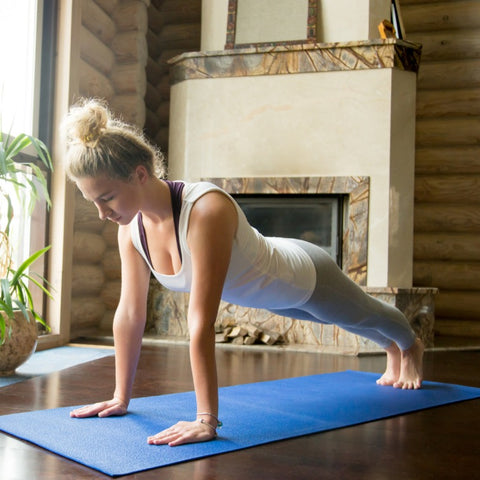
Plank pose
What it is
Deceptively easy but this one is a powerful pose, testing your core strength and willpower. It is a balancing pose, with huge versatility. You can bring into all different forms of exercise outside of yoga.
This is an all-rounder: building up your core, arms, legs and shoulders. A definite go-to pose if you aim to have washboard abs!
How to do
You start on all fours, ensuring you place your hands flat on the mat underneath your shoulders. Then extend out your legs behind you until you're balancing on your toes - it'll look like you're about to do a push-up.
Hold this position with your hands shoulder-width apart, and keep that core strong and engaged! If you look down at your mat, you'll be able to prevent any strain to your neck. Hold this pose for several breaths.

Cobra pose
What it is
Also known as the upward facing dog, this move involves a gentle backbend which you can modify to suit your strength and flexibility.
This focuses on opening up the heart, expanding your diaphragm, and strengthening the shoulders, arms and back.
How to do
For a beginner, it is best to start this off as a low cobra and extend up into a full cobra pose. To do this, lay face down your mat with your hands placed just under your shoulders with wide flat palms. Extend your legs out with the tops of your feet resting on the mat.
As you breathe in, lift your chest and head up from the mat and look forward. In the low cobra, most of the work will be done by your core.
You can move into the full version by pressing down and straightening up your arms and pulling your upper body up.

Corpse pose (Savasana)
What it is
You may think it is as easy as laying flat on the floor (maybe it is a little) but it's more difficult than you think to completely rest your body. This is all about reaching that pure zen, meditative mode.
Depending on the thickness of your mat, you'll feel yourself slowly sink into it as you let the tensions fly away.
How to do
Rest your entire body on your mat, laying on your back. Simple enough but if you find it difficult to relax all your body in one go, try and relax one limb at a time.
The key to this pose is maintaining internal relaxation and easing the tension we carry around in our bodies all the time.

Frequently Asked Questions
How often should you do yoga exercises for beginners?
As with many aspects of yoga, this depends upon you. When practicing yoga exercises for the first time, you'll probably find that your body isn't very familiar with these positions or ways of moving.
Your body will need time to learn and adapt to it. This comes with regular practice but it is important not to over-do it, you can get injuries from not listening to your body's limits.
If you practice yoga often, you will see the benefits sooner. Practicing regularly with frequent and shorter periods of yoga will be much more beneficial than just one long yoga class every month.
For a beginner, going to a regular yoga class, with a licensed practitioner, is the perfect way to speedily develop. The class gives structure and support to your yoga practice. Plus, the supervision of a yoga teacher ensures you are getting the maximum benefit from each position and avoid any injuries.
Which of the above poses are best for beginners?
Resting and standing poses like the mountain or child's pose is technically simple but really get to the core aspects of yoga. Staying mindful, full awareness of your body and how it interacts with the surroundings, and an emphasis on your breathing.
For something more advanced, the tree pose is perfect for incorporating additional stretch to your session. It's nothing like the flexibility of wrapping your legs around your head but teaches the foundation of reaching this level of bendiness.
What benefits can yoga have?
If you're wondering why yoga practice is so popular, it is partially due to the endless benefits that it is said to have on your body and mind!
If you find yourself often complaining of back pain, it is said that yoga can offer a considerable amount of back pain relief. It also might help ease the strain of conditions like arthritis and improves your general heart health. Who doesn't love that?
Then there is the overall improvement to your strength, balance and flexibility. Whilst it may seem like just stretches, these slow and deliberate movements warm up all your muscles and can increase your blood flow. The longer you hold certain poses, the more strength you build!
Additionally, in terms of your mental health, the power of yoga cannot be overstated! From learning to be patient with a new skill to managing stress and helping you sleep, yoga can be a magical elixir.
How long should I hold each pose for?
There's no exact length of time that you should hold each pose for. On average anywhere between 5 to 10 breaths is a surefire way to get all the benefits from your pose.
If you want a big boost of energy and a quick workout, holding poses for 2-3 breaths is perfect for this. If you're after a more meditative practice then you may want to hold a pose for several minutes.
Listening to your body, and tailoring every yoga session to what you need at that moment is the key.
How should I breathe during yoga?
When we say hold a pose for 'two to three breaths' we mean full breaths. Even though we spend our entire lives breathing, many people don't know how to properly breathe during yoga (and other forms of exercise).
This involves doing a full inhale, allowing your lungs to entirely with oxygen before you do a full exhale. This should be slow and deliberate. Breathing is a core aspect of your yoga practice!
It is essential to focus on your breathing as much as on your body itself.



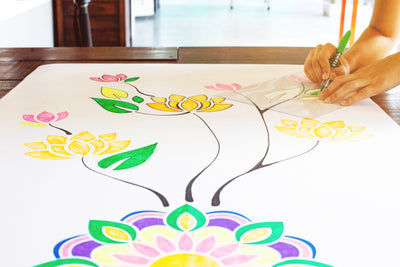
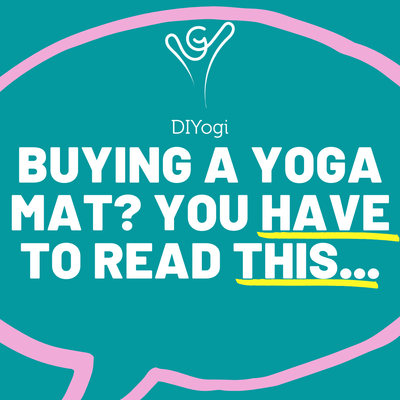
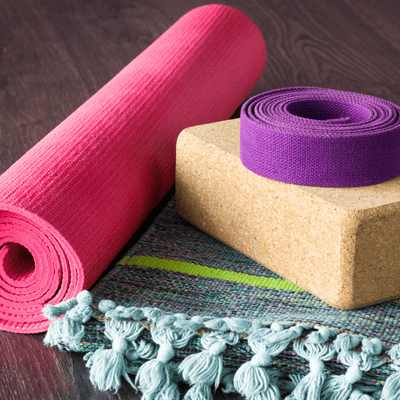
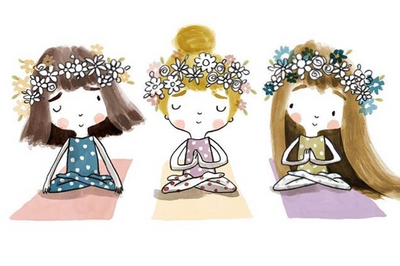
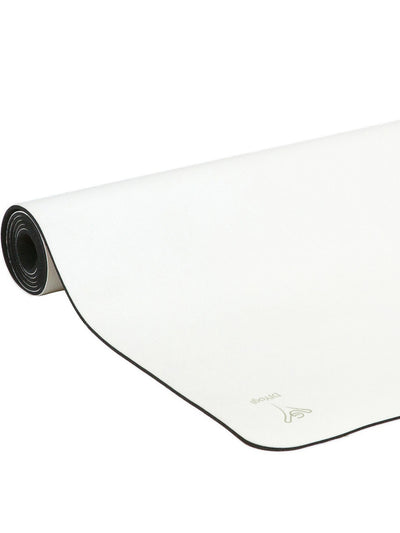
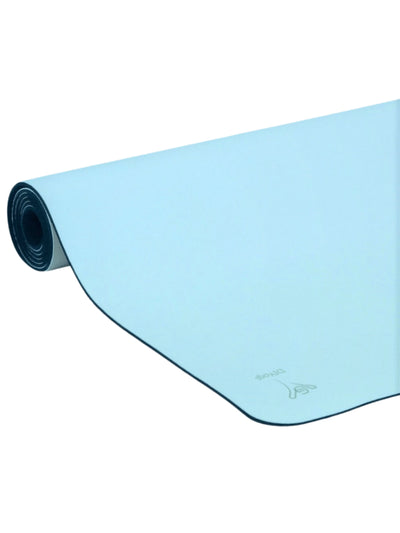
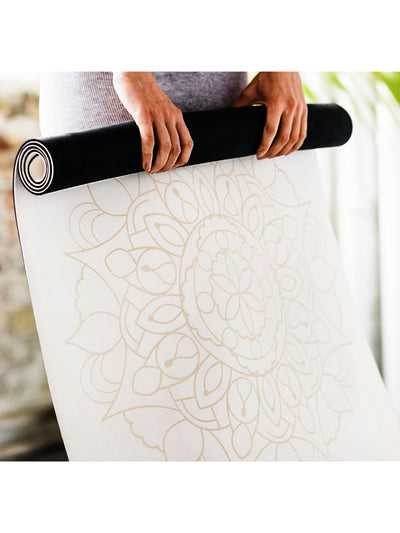
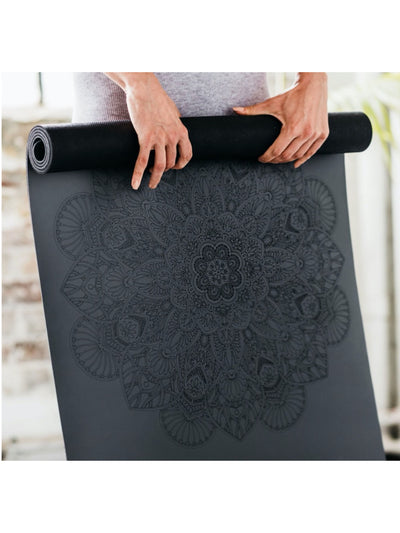
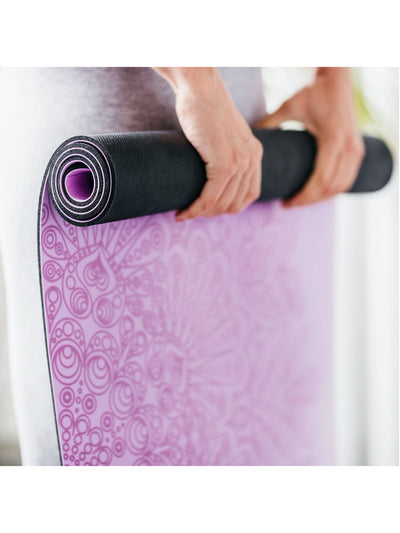
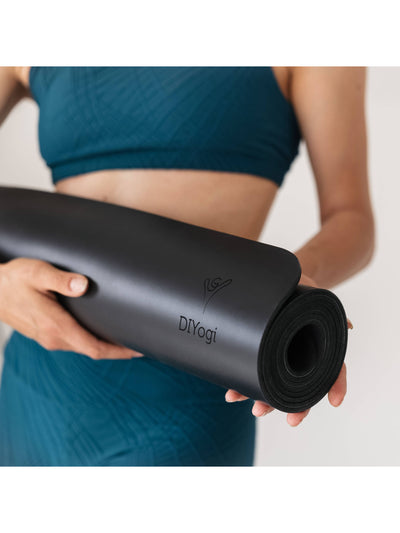
Leave a comment